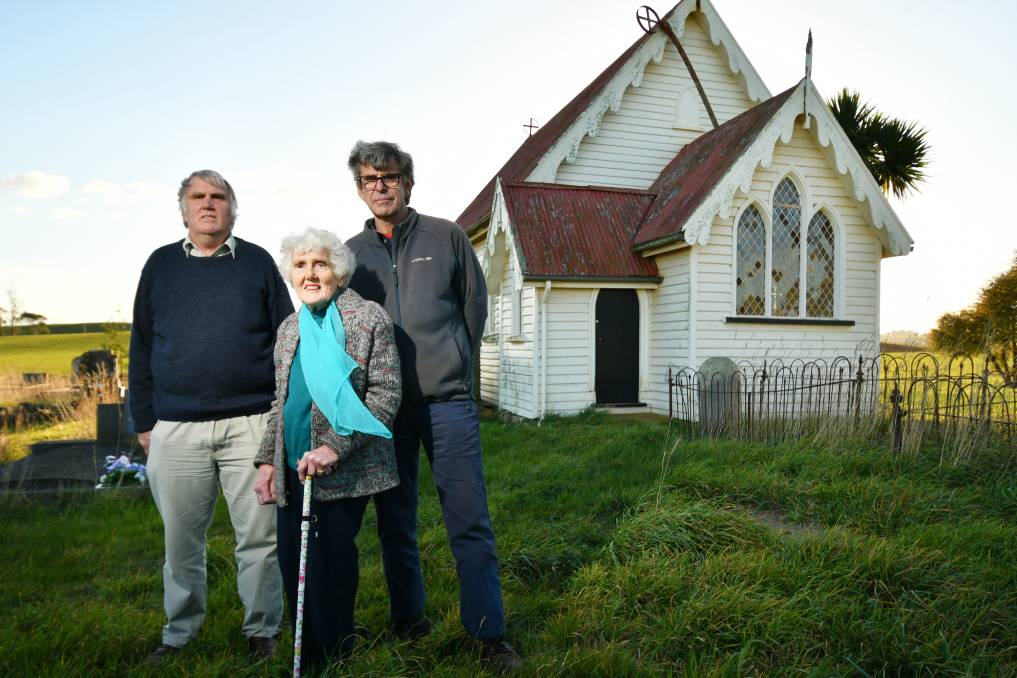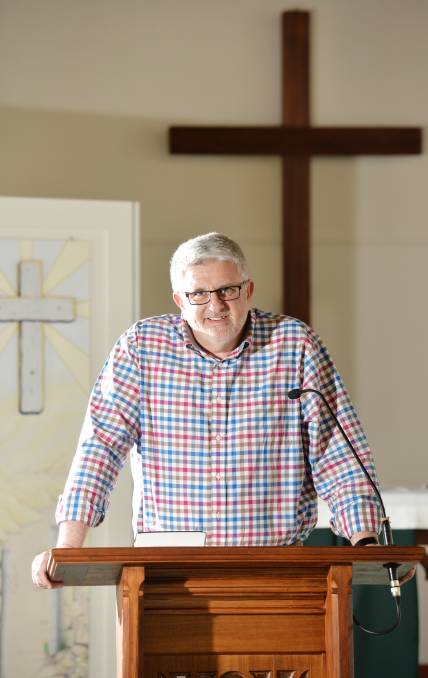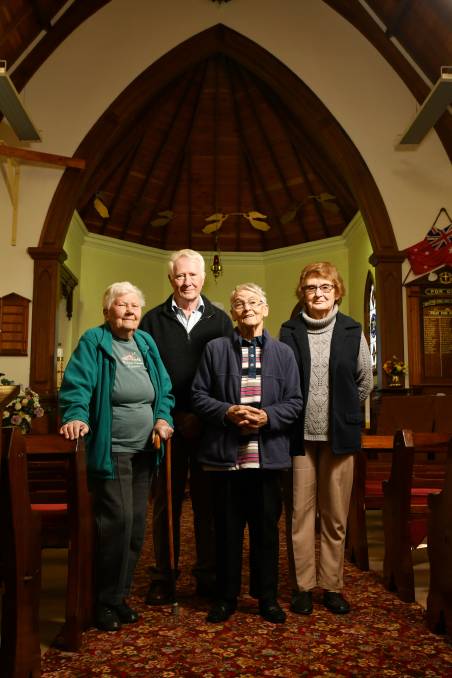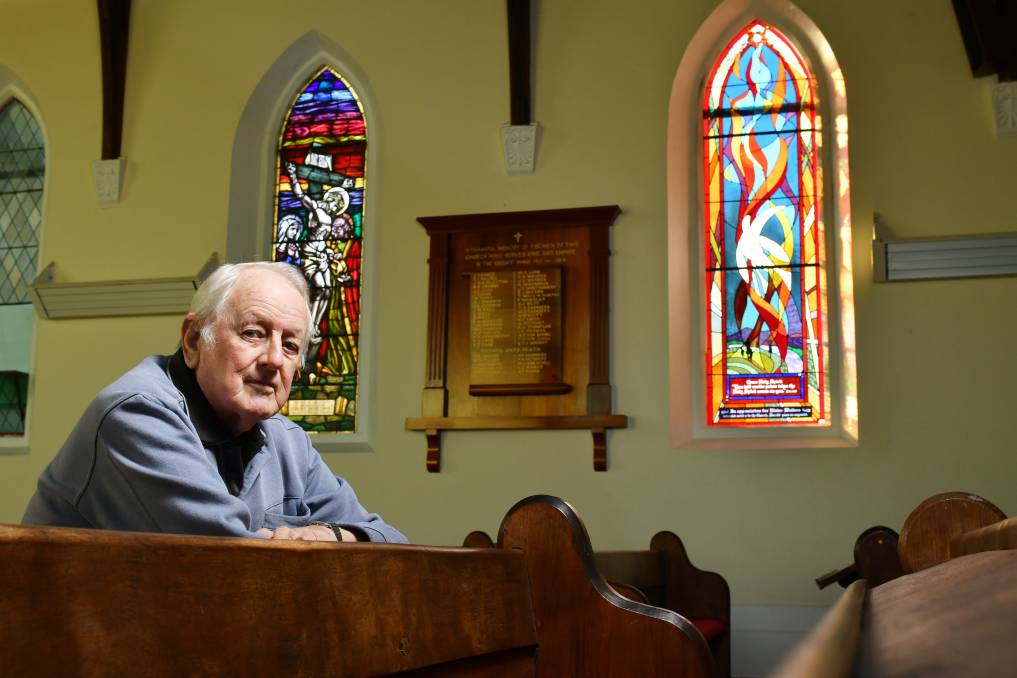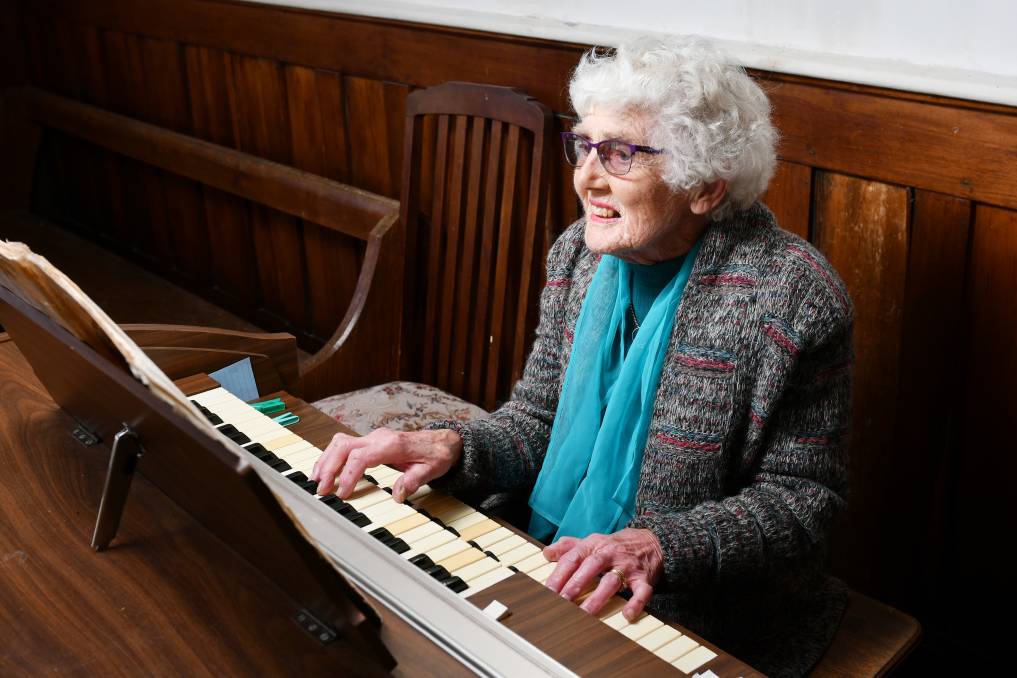Community Fights to Save Historic Churches
The Advocate
The quaint country church Patricia Stewart attends is one of her small community’s lasting landmarks. But now a cloud hangs over its future.
St George’s Anglican Church sits within Moriarty’s fertile farming landscape. The pretty weatherboard place of worship is one of the properties earmarked for sale by the Anglican Diocese to help pay redress to victims of child sexual abuse. “It’s just a little country church and we love it,” Mrs Stewart said. She has played the church organ for 69 years.
“It’s very old, in fact, I think it’s about the oldest church on the North West Coast still used for worship.” For parishioners like Mrs Stewart, her son Brian and the others who come here, the church goes right to the heart of the community and it means so much. St George’s is among 78 properties, including 55 churches, on the preliminary sale list, released by the diocese. For the congregants at several churches on the list a fight is brewing to save their’s from going under the hammer. A visibly distressed Mrs Stewart said she felt “very upset” after she left a recent parish meeting at St Luke’s at Latrobe addressed by the Anglican Bishop of Tasmania Richard Condie. “I am absolutely devastated,” Mrs Stewart said after hearing the Bishop speak. “I feel as if the rug has been pulled from under my feet really. “We need a community centre you know. “Certainly our congregation has dropped but we need somewhere for them to go.” Mrs Stewart did not think the diocese had a plan for people like her and her fellow parishioners, who felt somewhat abandoned. “I think they expect us to trot along into a big centre which it is not what country people need,” she said. “I’ve talked to people who say that’s not where they want to go they like to go to church to a spiritual place.
“We had about a dozen at church last Sunday and on Christmas eve we fill it”. Also at the Latrobe meeting was St Luke’s parishioner Harvey Fox. Mr Fox said churches were places of inspiration for people to come to. “A gentleman with a stressful job told me...he would come to sit in that church to give himself inspiration for the rest of the day,” Mr Fox said. Mr Fox said the priest at St Luke’s only left six weeks ago after being transferred to King Island. Latrobe’s Kem Perkins said it was being left to parishioners who worked to maintain churches over many years to pay for something the church did. “They need to correct their mistakes because we are paying for church errors,” Mr Perkins said. “It should not have been allowed to get to this.” Brian Stewart agreed with Mr Perkins. “I just think there is a dark paradox here of the lack of pastoral care in the past leading to the lack of pastoral care now,” Mr Stewart said. “There’s people that need the church for the pastoral care that’s going to disappear because of this...we’ve lost our banks and our schools, were losing other things and the last resort was our church.” Mr Perkins was concerned about the stained glass windows in the church donated for his father, mother and sister. He said the diocese should have looked at what it could raise from land before selling churches. “It’s a fact of life the land value in Hobart is through the roof at the moment it’s never been better but you would not get anywhere like that here,” Mr Perkins said. Dr Condie said he did not want to close any church but it was the right thing to do to provide restorative justice to survivors of sexual abuse. He said the churches on the list for sale were not in a sustainable position. ”We’ve applied pretty dispassionately a measure of sustainability whether the ministry can be sustained in the long-run and those measures are around attendance, around finances and around governance capabilities and if we can’t sustain the ministry in the long-term those properties are on the list,” Dr Condie said. “Parishes have an opportunity to make a case to us of why they shouldn’t be on the list.” Dr Condie said the diocese was contacted every day by someone interested in buying a church in Tasmania. Including a buyer who wanted to buy a church and make it available again to the Anglican Church to use because their aim was to preserve it. “It’s agonising to be doing it but we have to keep in the forefront of our minds the survivors of sexual abuse that is the only reason we are doing this,” Dr Condie said. “I don’t want to close any church I want to start new churches but we have to raise $8 million to fund the survivors of sexual abuse. “I met one of the survivors last week, he put his arms around me, he said ‘thank you so much for what you are doing’.” Dr Condie said in each sale 25 per cent goes to the redress fund and 25 per cent to new ministry development. He said 10 per cent of that stays with the diocese but 15 per cent of it is claimable back by the parish for a new idea. “The remaining 50 per cent stays locally here,” Dr Condie said. He said it meant 65 per cent can remain in local hands and it’s hoped parishes can think of creative ways to finance ministries with the funds. “If we can retain up to 65 per cent locally of the sale money we can keep a minister here and at the moment they can’t afford a minister at Latrobe,” Dr Condie said. Dr Condie said the majority of the Christian world did not have a building to meet in. “We need to create new gathering places and probably not exclusive places,” he said. “This building (St Luke’s) is only used for Anglican worship once a week and we probably need to be in places used for a whole range of things. I think this is an opportunity for the church to be more embedded in its local community rather than closeted away.” However, the congregation at St Paul’s at East Devonport said the church has been an active part of the community for a very long time and is continuing to be involved. Parishioner June Clayton said six children were being confirmed at the end of July and it would be unfair to make them go somewhere else. The Devonport congregation is split between St John’s on the western side of the Mersey River and St Paul’s where Sunday services are held at both at different times. “Once a month we gather together at St Paul’s for barbecues,” Mrs Clayton said. Parishioner Molly Mundy said every year 500 people attend Christmas in the East on church land at St Paul’s, where other events were held too. After an arsonist set fire to St Paul’s in 2001 it took a big community effort to rebuild and restore the much loved church. “All the pews were burnt and needed to be scrubbed and re-stained a lot of people came in and did so many things to help,” Mrs Clayton said. Joyce Aherne was married at St Paul’s more than 60 years ago. “We’ve been in the church ever since doing what ever needed to be done,” she said. Mrs Clayton said the parish is “still praying for a miracle that someone will rescue St Paul’s so we still have our sacred place of worship”. The congregation at St Martin’s Church at Queenstown has vowed to fight to retain it.
|
.
Any original material on these pages is copyright © BishopAccountability.org 2004. Reproduce freely with attribution.
